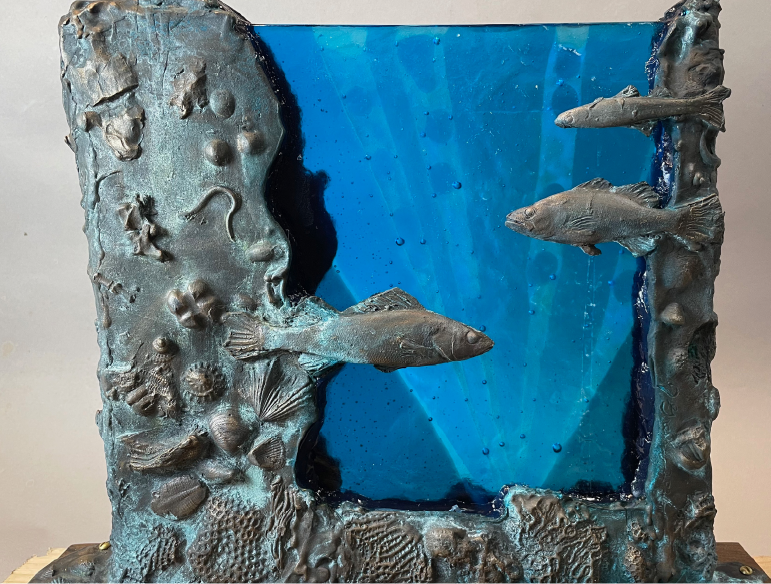Judy Greavu and Steve Woodruff: "Beyond Nature's Realm: Eco Explorations"
November 3, 2025 - January 23, 2026
Monday – Friday, 11 AM – 4 PM*
FREE and Open to the Public
*We encourage visitors to verify gallery hours due to events and activities that may temporarily prevent gallery access, especially around the holidays. To verify hours, call the Ticket Office at 419.423.2787 ext 100.
Interested in renting the Fisher/Wall Art Gallery for your next event? Click here to learn more!
